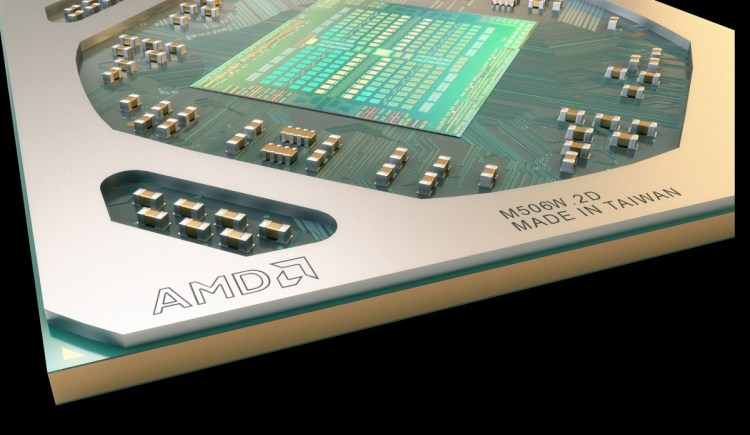Traditional gaming PCs have run hot and heavy. But Advanced Micro Devices is studying how to make its current and future graphics processing units (the GPUs that are at the heart of PC gaming machines) run in a more energy-efficient way.
In a white paper, AMD said today that its newest GPUs — the Polaris architecture-based Radeon RX 400 Series — achieve up to 2.8 times the energy efficiency from the latest discrete GPU products when compared to AMD graphics chips of only two years ago.
To assess the real-world impact of these improvements, AMD compared the energy and carbon footprint of a gaming PC equipped with a new Polaris-architecture graphics card to a gaming PC running with the prior generation AMD Radeon R9 390 graphics card.
The Polaris Carbon Footprint Study focuses on GPUs, the processors for rendering life-like graphics and video on ultra-high resolution displays. The newest generation GPUs execute billions of instructions every second. Beyond gaming, this level of performance helps enable many leading-edge technologies including virtual reality, digital media, and scientific applications.
The 2016 Radeon RX 400 Series GPUs from AMD are based on the Polaris architecture, which incorporates the fourth-generation Graphics Core Next (GCN) graphics instruction set and the latest 14-nanometer FinFET manufacturing process technology.
The two GPUs compared in the study have approximately the same performance, meaning that they produce over five trillion floating point operations per second (5 TFLOPS). However, the new Radeon RX 480 GPU has a maximum power limit (also known as “thermal design power” or TDP) of 150 watts, whereas the TDP of the previous generation Radeon R9 390 GPU is 275 watts.
The study assessed electricity use based on daily usage of a gaming PC consisting of a usage profile of 4.4 hours active gaming; 2 hours of web browsing; 1.6 hours for video streaming; 1 hour of “standing by” in short idle; 3 hours of running basic programs in long idle; 6 hours in sleep mode; and 6 hours off. Pure Strategies, a third-party testing company, independently reviewed the study.
The study concludes that upgrading a gaming PC from a Radeon R9 390 GPU to a Radeon RX 480 GPU provides a 40 percent reduction in energy use and carbon emissions from the active gaming mode, and a 32 percent overall greenhouse gas (GHG) reduction for the gaming PC daily usage model.
The United Nations has called for GHG emission reductions of 60 percent to 80 percent below 2000 levels by 2050. But the number of digital products in use, such as notebook and desktop computers, servers, and smartphones, is growing rapidly, along with the total energy they consume.
AMD’s 25×20 energy efficiency initiative aims to reduce carbon emissions dramatically — without affecting the immersiveness of gaming hardware. While Polaris takes advantage of the energy efficiency of an improved manufacturing process, its circuitry was also designed with energy improvements in mind. In other words, it’s not just Moore’s Law that enables the energy improvements.
The associated annual savings per gaming PC amounts to 296 kilowatt hours, $37, and 204 kilograms of carbon emissions. Over a 3-year service life, total savings per gaming PC amounts to approximately 888 kWh, $112 (at current electricity prices), and 613 kg of carbon emissions.
Roughly 15.8 million performance-class GPUs were sold in 2015. If you apply the results of the study to these numbers, then the total annual savings would be approximately 2.8 billion kWh, which equals $350 million saved. It would avoid 1.9 million metric tons of carbon dioxide emitted to the atmosphere. Stated another way, the theoretical annual energy savings would be enough to power electricity for 289,000 U.S. homes.
VentureBeat's mission is to be a digital town square for technical decision-makers to gain knowledge about transformative enterprise technology and transact. Learn More

